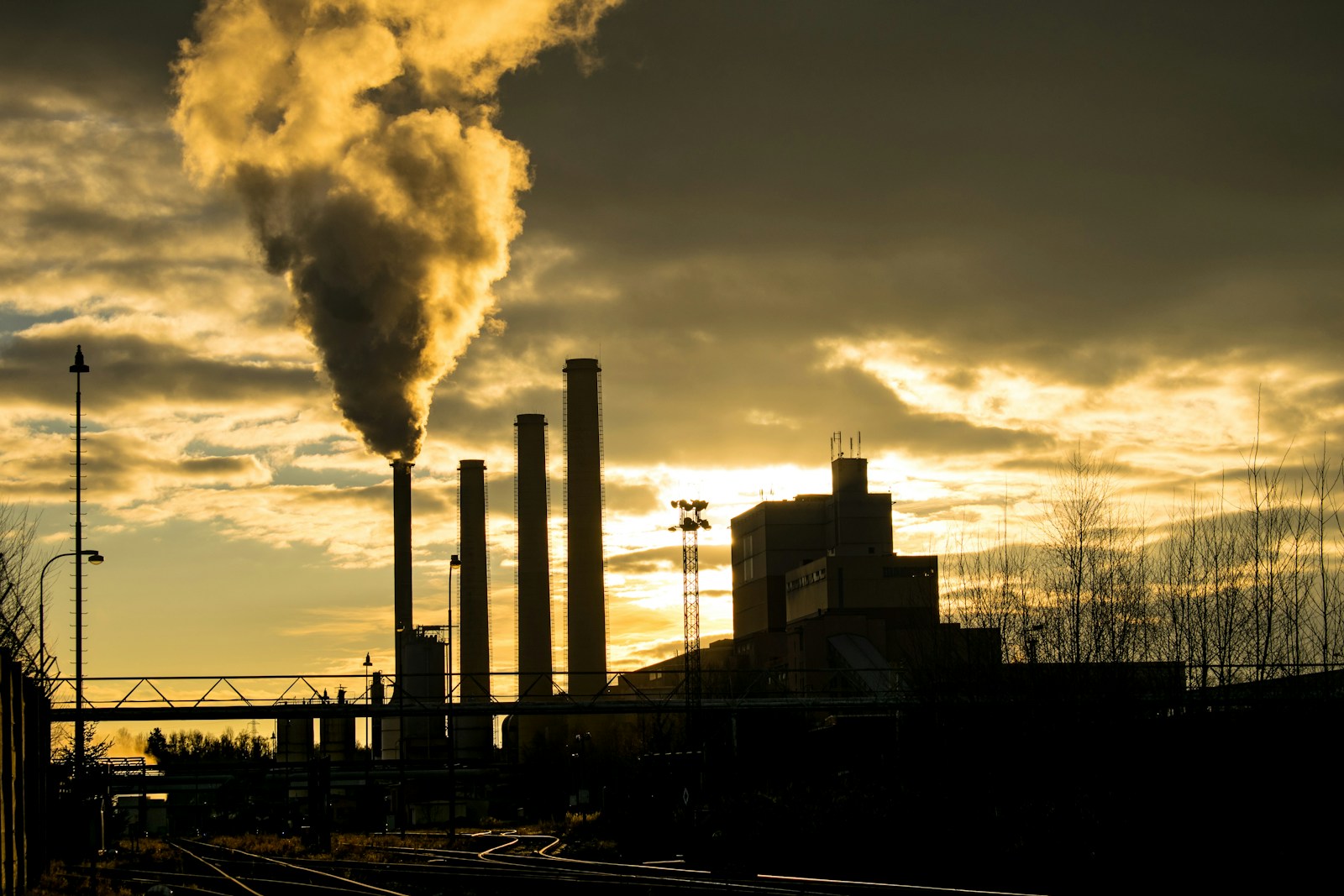President Joe Biden has announced a new U.S. climate target to reduce greenhouse gas emissions by 61-66% below 2005 levels by 2035, aiming for net-zero emissions by 2050. This initiative seeks to solidify climate progress ahead of the incoming administration.
Key Points at a Glance:
- Enhanced Emission Reduction Target: The U.S. aims to cut greenhouse gas emissions by 61-66% from 2005 levels by 2035, an increase from the previous goal of a 50-52% reduction by 2030.
- Net-Zero by 2050: The plan includes achieving net-zero greenhouse gas emissions by mid-century, aligning with global efforts to limit temperature rise.
- State and Local Leadership Emphasized: With potential federal policy reversals anticipated, the administration underscores the role of state, local, and private sector actions in meeting climate objectives.
In a decisive move to reinforce the United States’ commitment to combating climate change, President Joe Biden has set forth an ambitious plan to significantly reduce greenhouse gas emissions. The new target aims for a 61-66% reduction below 2005 levels by 2035, surpassing the administration’s earlier goal of a 50-52% cut by 2030. Additionally, the strategy aspires to achieve net-zero emissions by 2050, aligning with international efforts to mitigate global warming.
This announcement comes as the administration prepares for a transition, with President-elect Donald Trump expected to assume office. Given Trump’s previous indications of rolling back climate policies and promoting fossil fuel production, the Biden administration is proactively encouraging state and local governments, as well as the private sector, to continue advancing climate initiatives independently of federal directives. Senior adviser John Podesta expressed confidence in the nation’s ability to meet these targets through decentralized efforts, emphasizing the durability of investments made under the Inflation Reduction Act and infrastructure legislation.
The updated climate goals are part of the United States’ submission to the Paris Agreement, which calls for countries to enhance their climate action plans to limit global temperature rise to 1.5 degrees Celsius above pre-industrial levels. While the current national emissions have decreased by approximately 17% from 2005 levels, achieving the new targets will require sustained and coordinated efforts across various sectors of the economy.
Despite the potential for policy shifts at the federal level, numerous states and municipalities have pledged to uphold and even exceed the outlined climate objectives. This decentralized approach mirrors previous instances where subnational entities maintained climate progress during periods of federal inaction. The administration’s strategy underscores the importance of collaborative action and the pivotal role of local leadership in addressing the pressing challenges of climate change.
